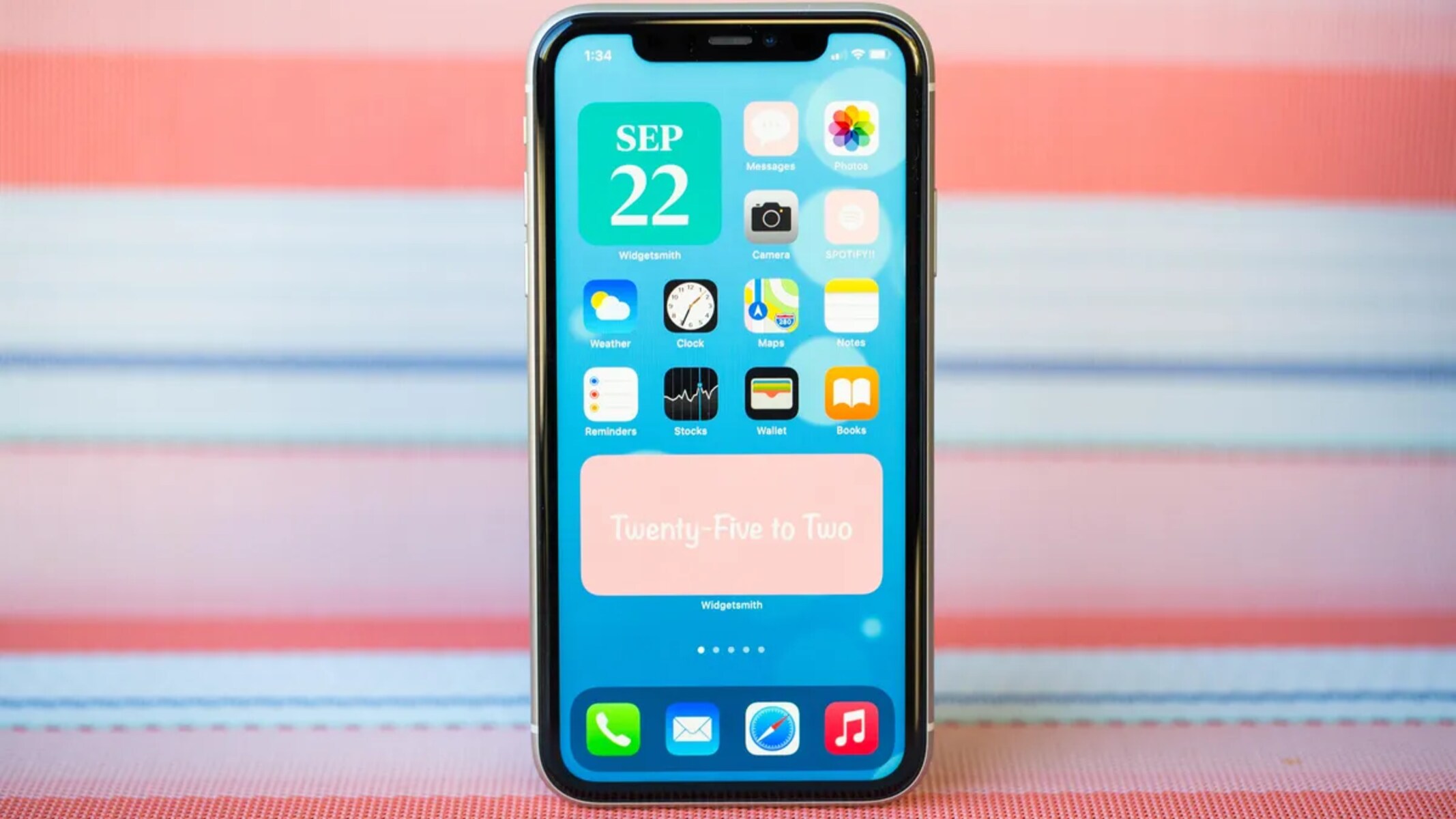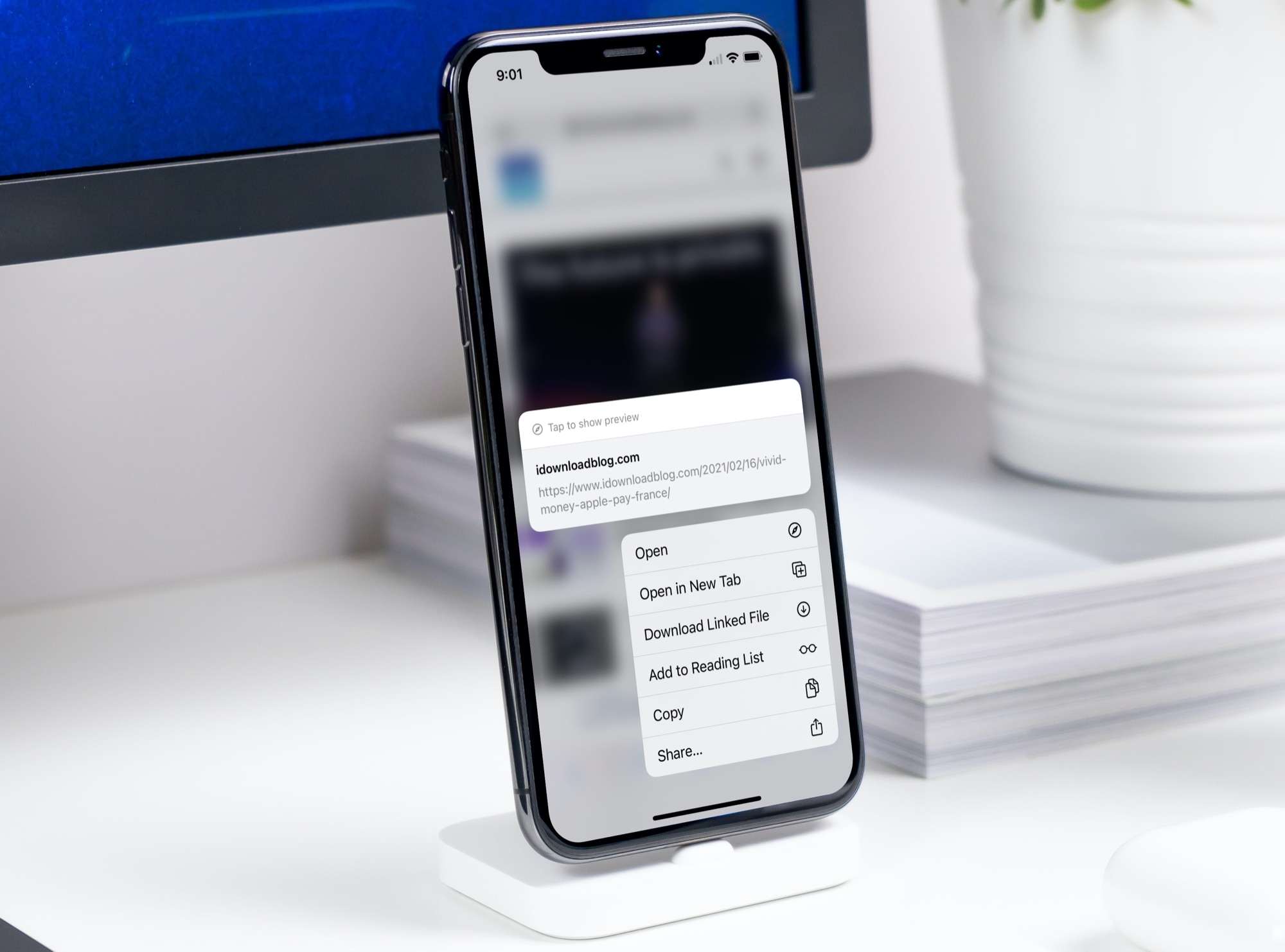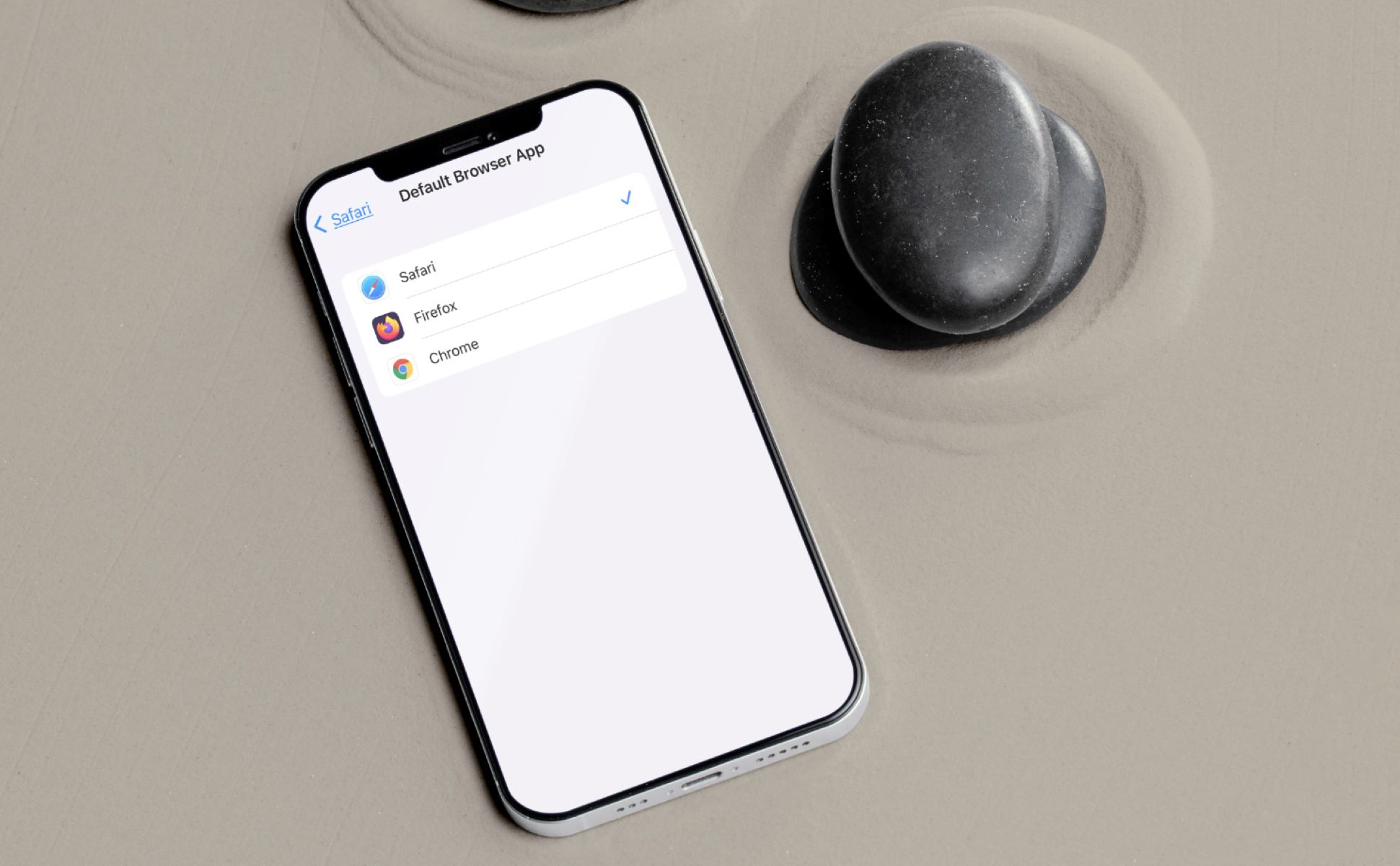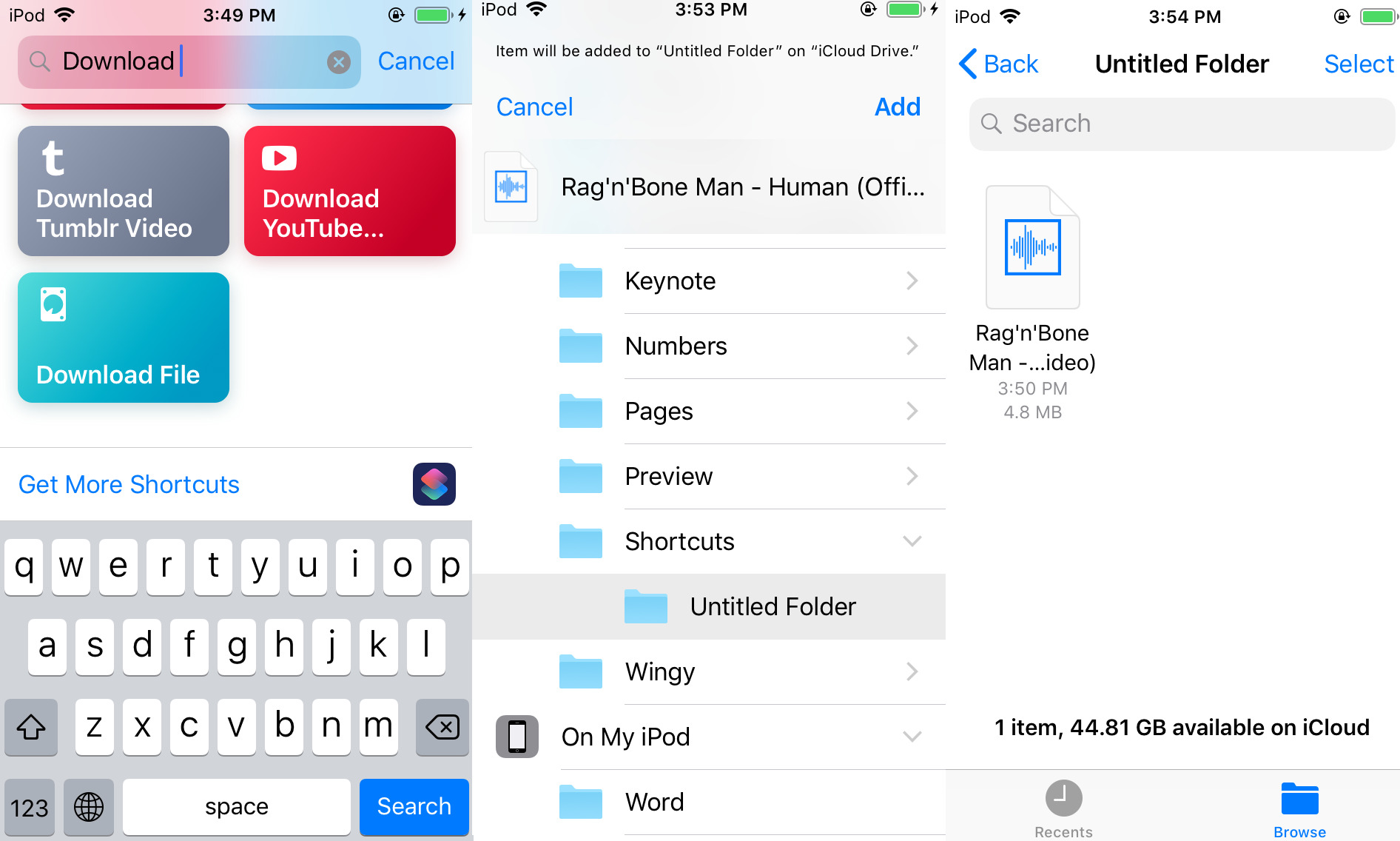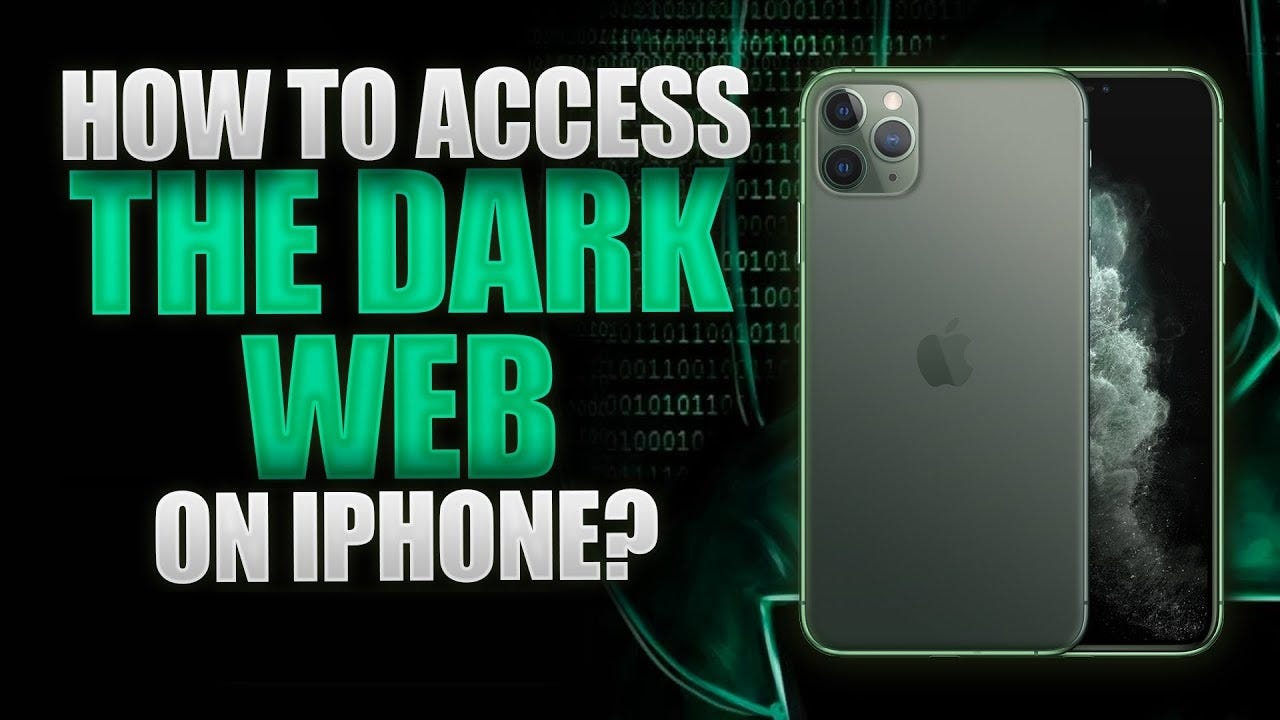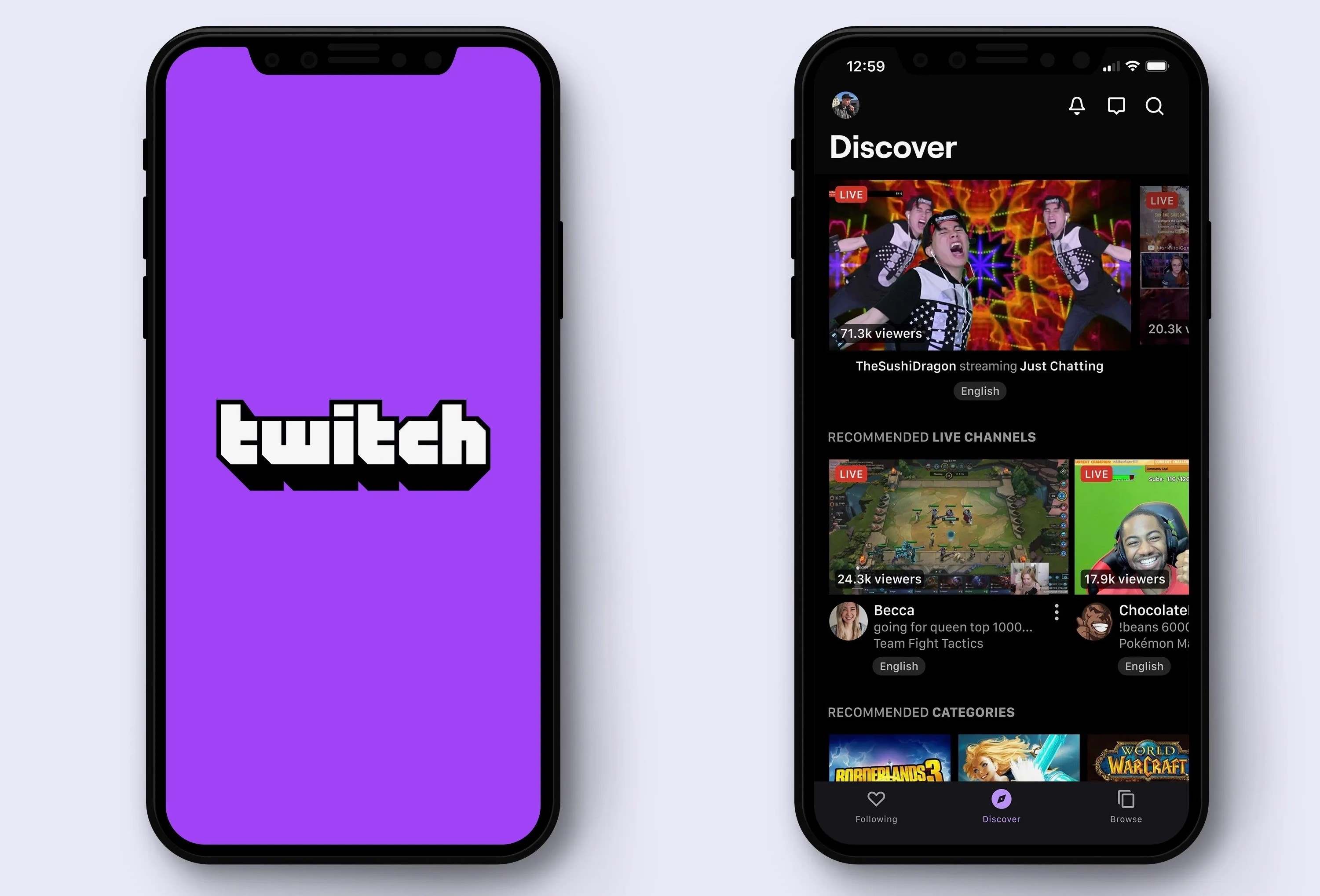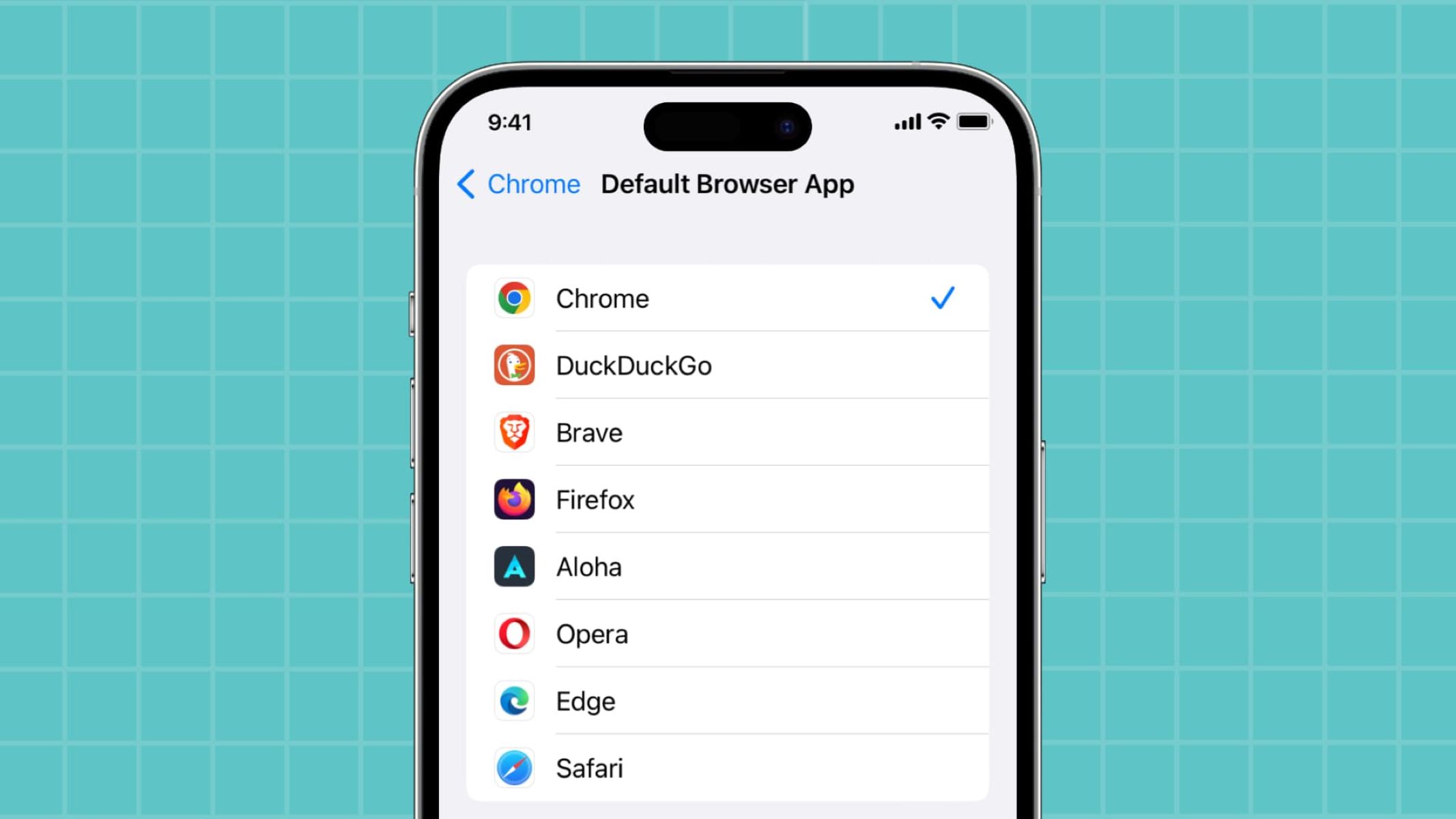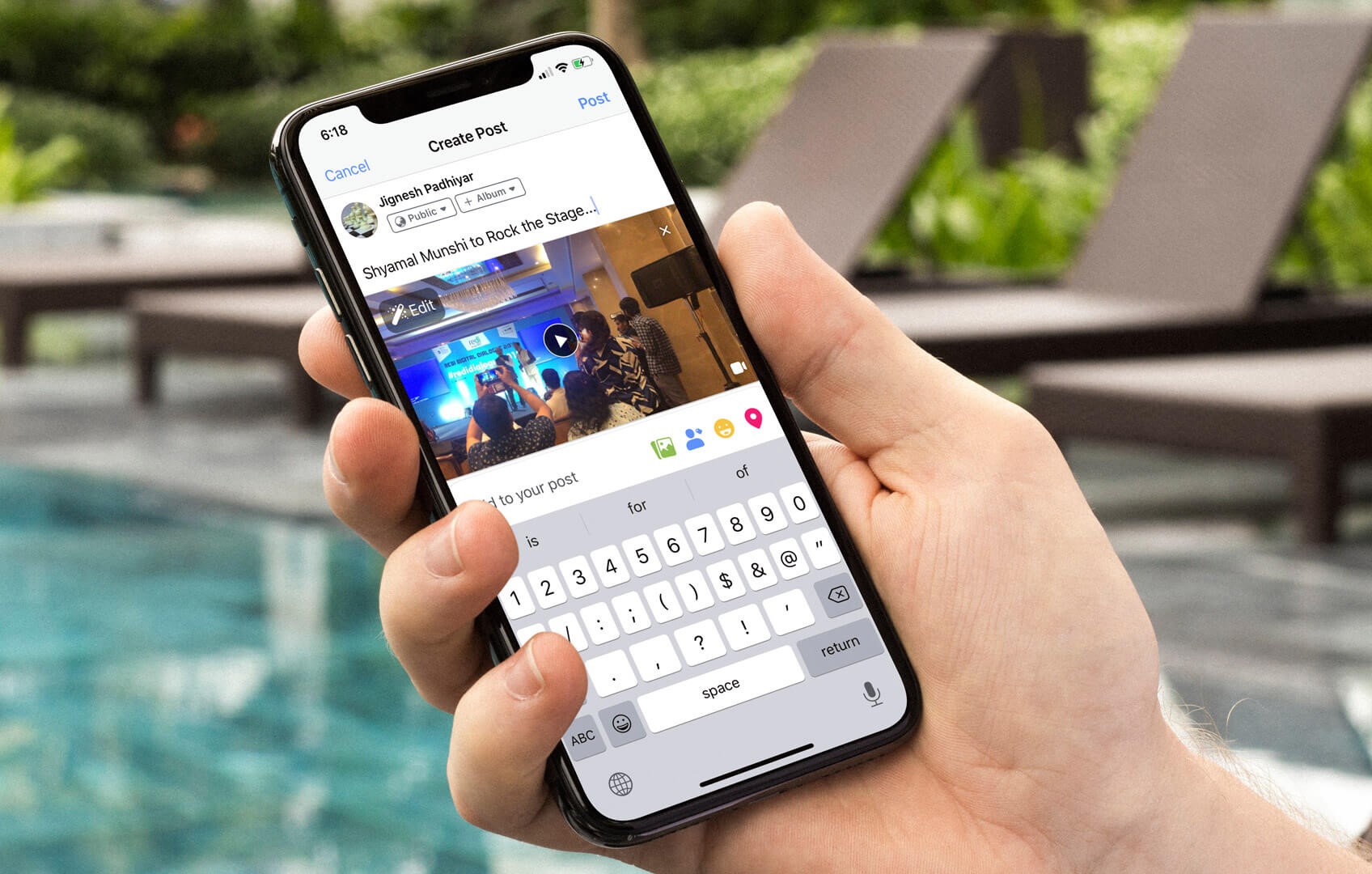Introduction
When browsing the web on your iPhone, have you ever encountered the frustration of clicking a link only to have it open in your browser instead of the corresponding app? It can be a common annoyance, especially when you prefer the seamless experience of using specific apps for certain websites or services. Fortunately, there are methods to ensure that when you tap a link, it opens directly in the associated app, bypassing the browser entirely. In this article, we'll explore three effective methods to achieve this seamless transition from web browsing to app usage on your iPhone.
Whether you're a frequent user of social media platforms, news apps, or other specialized services, being able to open links directly in the respective apps can significantly enhance your user experience. By leveraging the power of Universal Links, Custom URL Schemes, or JavaScript and HTML, you can streamline your interactions with various apps and websites, saving time and effort while enjoying a more integrated and personalized digital experience.
Now, let's delve into the details of each method, exploring the steps and considerations involved in configuring your iPhone to open links in apps instead of the browser. Whether you're a tech enthusiast or simply someone who values efficiency and convenience in their digital interactions, these methods offer valuable insights into optimizing your iPhone's behavior when navigating the web and engaging with your favorite apps. Let's embark on this journey to enhance your iPhone browsing experience and seamlessly transition from the web to your preferred apps with just a tap.
Method 1: Using Universal Links
Universal Links are a powerful feature introduced in iOS 9 that allows app developers to associate their website with their app. When a user taps a Universal Link, it seamlessly opens the corresponding app if it's installed on the device; otherwise, it directs the user to the website. This method provides a seamless transition from web content to the app, enhancing the user experience and engagement with the app's features.
To implement Universal Links for a specific app, the app developer needs to configure the app and website to establish the association. This involves creating an apple-app-site-association file and hosting it on the website's server. This file contains JSON data that specifies which URLs should open the app and which should open the website.
Once the apple-app-site-association file is set up, the app developer needs to associate the app with the corresponding website domain in the app's Xcode project. This association allows iOS to recognize the Universal Links and handle them accordingly.
From the user's perspective, Universal Links provide a seamless experience when tapping links that are associated with specific apps. For example, if a user taps a link to a news article from a publisher's website, the link can open directly in the publisher's news app if it's installed on the device. This eliminates the need to navigate through the browser and manually search for the content within the app.
Furthermore, Universal Links offer a consistent user experience across different platforms, as they work seamlessly on iOS, macOS, and watchOS devices. This ensures that users can enjoy the benefits of Universal Links regardless of the Apple devices they are using.
In summary, Universal Links offer a streamlined and intuitive way to open links directly in the corresponding apps, providing a seamless transition from web content to the app environment. By leveraging this method, app developers can enhance user engagement and provide a cohesive experience across their web and app platforms, while users can enjoy a more integrated and efficient browsing experience on their iPhones.
Method 2: Using Custom URL Scheme
Custom URL Schemes offer a versatile and efficient method for opening links directly in specific apps on your iPhone. This approach allows app developers to define custom URL schemes for their apps, enabling users to seamlessly transition from web content to the corresponding app with a simple tap on a link.
To implement Custom URL Schemes, app developers need to define a unique URL scheme for their app in the app's Info.plist file. This URL scheme serves as a custom protocol that the app can recognize and respond to when triggered by a corresponding link. For example, a messaging app may define a custom URL scheme such as "mychatapp://" to enable users to open the app directly from a link that includes this custom scheme.
Once the custom URL scheme is defined, developers can create links that incorporate the custom scheme, allowing users to open the app directly from web content. When a user taps a link containing the custom URL scheme, iOS recognizes the scheme and prompts the user to open the corresponding app if it's installed on the device. This seamless transition from web browsing to app usage enhances the user experience and streamlines interactions with specific apps.
Custom URL Schemes offer a high degree of flexibility, as they can be tailored to suit the unique requirements of different apps. Whether it's a social media app, a productivity tool, or a multimedia platform, Custom URL Schemes empower app developers to create tailored links that seamlessly integrate with their apps, providing users with a more cohesive and efficient digital experience.
Furthermore, Custom URL Schemes can be leveraged to enable deep linking, allowing users to access specific content or features within an app directly from a link. For instance, a custom URL scheme can be designed to open a messaging app and navigate to a specific conversation or message thread, eliminating the need for users to manually navigate within the app to find the desired content.
In summary, Custom URL Schemes offer a powerful and customizable method for opening links directly in specific apps on your iPhone. By leveraging this approach, app developers can enhance user engagement and provide a more integrated experience, while users can enjoy the convenience of seamlessly transitioning from web content to their preferred apps with just a tap.
Method 3: Using JavaScript and HTML
Utilizing JavaScript and HTML presents an alternative method to enable the seamless opening of links in specific apps on your iPhone. This approach leverages the power of web technologies to create custom behaviors that facilitate the direct transition from web content to the corresponding app.
When implementing this method, developers can embed JavaScript and HTML code within web pages to detect the user's device and the installed apps. By utilizing JavaScript to identify the device's operating system and the availability of specific apps, developers can dynamically modify the behavior of links to ensure they open in the desired apps when tapped on an iPhone.
One common technique involves using JavaScript to check if a particular app is installed on the user's device. If the app is detected, the JavaScript code can modify the link's behavior to prompt the user to open the app directly, bypassing the browser. This seamless redirection enhances the user experience by eliminating the need to manually switch from the browser to the app.
Furthermore, HTML can be utilized to create custom link structures that incorporate JavaScript functionality. By embedding JavaScript within HTML anchor tags, developers can create dynamic links that adapt their behavior based on the user's device and app availability. This allows for a more personalized and integrated browsing experience, as users can effortlessly transition from web content to the corresponding apps with a single tap.
Additionally, developers can implement JavaScript and HTML to create interactive elements within web pages that prompt users to open specific apps when engaging with relevant content. For example, a website can utilize JavaScript to detect if a user is accessing the site from an iPhone and display custom prompts encouraging the user to open the associated app for a more optimized experience.
By leveraging JavaScript and HTML, developers can tailor the browsing experience to seamlessly integrate with app usage, providing users with a more cohesive and efficient digital journey. This method empowers developers to create personalized and responsive interactions that enhance user engagement and streamline the transition from web content to app usage on iPhones.
In summary, the utilization of JavaScript and HTML offers a versatile and customizable approach to enable the direct opening of links in specific apps on iPhones. By harnessing the capabilities of these web technologies, developers can create dynamic and responsive experiences that seamlessly bridge the gap between web content and app usage, ultimately enhancing the overall user experience on iPhones.
Conclusion
In conclusion, the ability to open links directly in apps instead of the browser on an iPhone is a valuable enhancement that can significantly improve the user experience. By exploring the methods of using Universal Links, Custom URL Schemes, and JavaScript and HTML, iPhone users and app developers can unlock the potential for a more seamless and integrated digital journey.
The implementation of Universal Links offers a standardized and platform-agnostic approach to associating web content with specific apps. This method not only streamlines the transition from web browsing to app usage but also ensures a consistent experience across various Apple devices. Universal Links empower app developers to create a cohesive ecosystem where users can effortlessly navigate from web content to the corresponding apps, enhancing engagement and user satisfaction.
Custom URL Schemes provide a tailored and versatile solution for opening links directly in specific apps on iPhones. By defining custom URL schemes, app developers can create personalized and deep-linking experiences that cater to the unique functionalities of their apps. This method offers a high degree of flexibility and customization, allowing for a more integrated and efficient user experience when interacting with web content and app environments.
The utilization of JavaScript and HTML introduces a dynamic and responsive approach to seamlessly integrating web content with app usage on iPhones. By leveraging the capabilities of these web technologies, developers can create interactive and personalized interactions that adapt to the user's device and app availability. This method empowers developers to craft custom behaviors that prompt users to open specific apps, ultimately enhancing user engagement and streamlining the transition from web content to app usage.
In essence, the methods discussed in this article offer valuable insights into optimizing the iPhone browsing experience and seamlessly transitioning from the web to preferred apps with just a tap. Whether you're a user seeking a more integrated and efficient digital journey or an app developer aiming to enhance user engagement, these methods provide the tools to create a more cohesive and personalized experience for iPhone users.
By embracing these methods, users can enjoy a more streamlined and intuitive browsing experience, while app developers can foster deeper connections with their audience by seamlessly integrating their apps with web content. As the digital landscape continues to evolve, the seamless transition from web content to app usage represents a pivotal aspect of enhancing the overall user experience on iPhones.







